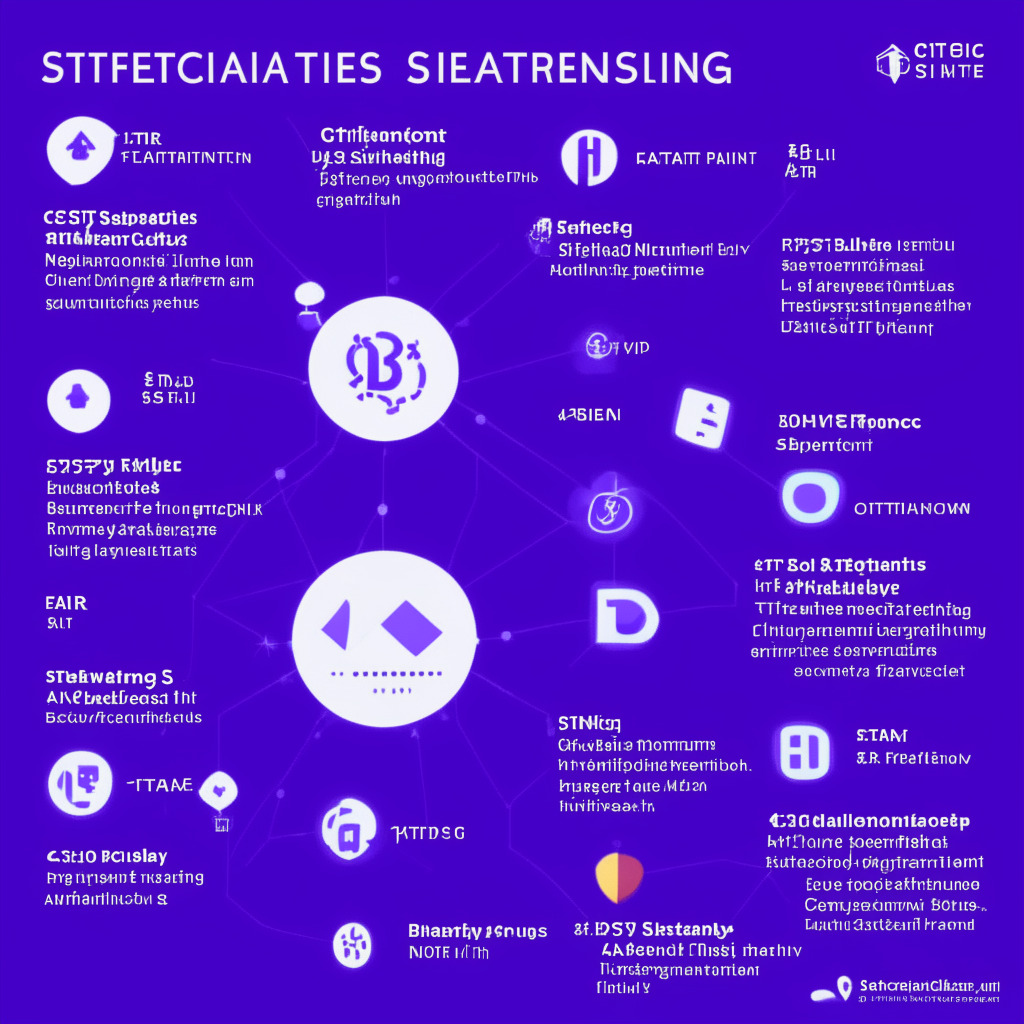The decentralized custody protocol, Safe, known for storing over $38 billion in assets, is teaming up with P2P.org to allow users to stake Ethereum (ETH) directly through an application. This partnership aims to simplify the staking process without the need for physical infrastructure, which would appeal to tech enthusiasts.
This integration with Safe will enable users to stake their ETH quickly while maintaining total ownership of their digital assets, as stated by P2P CEO Alex Esin. Users who choose to stake the minimum of 32 ETH are offered slashing protections, which are guaranteed by P2P. This feature adds a level of security to the staking process, ensuring that the users’ investments are safe from possible slashing events.
Slashing events occur when a validator fails to fulfill its duties, often due to being offline, resulting in financial penalties and slashed staked ETH. P2P boasts a record of zero slashing events and promises to cover the slashed amount based on a user’s chosen coverage option. P2P’s communication representative, Rick Bagshaw, supports these statements.
Ethereum currently has over 22.8 million staked ETH worth nearly $40 billion, securing its network, as data from blockchain analytics firm Nansen reveals. With P2P’s integration in the Safe App ecosystem, users can now partake in staking with fewer hurdles to entry. Additionally, this collaboration aims to contribute to the growth of the Decentralized Finance (DeFi) community by offering non-custodial staking services.
However, skepticism may arise from the fact that P2P guarantees users slashing protection, which might raise eyebrows concerning its financial viability. Moreover, there are underlying risks associated with network congestions and potential attacks, regardless of how smooth and user-friendly the platform may be. Consequently, these factors are worth taking into account for crypto enthusiasts.
To conclude, the partnership between Safe and P2P.org is a significant milestone toward simplifying the Ethereum staking process while ensuring that users retain control over their digital assets. The slashing protection offered by P2P adds a layer of security that caters to the concerns of cautious users. However, potential users must still weigh the risks associated with staking and consider network vulnerabilities before committing to any platform. Overall, this integration marks a considerable step forward in the realm of decentralized finance while providing an easier path to Ethereum staking for the tech-savvy audience.
Source: Coindesk




